Life in ‘Devil’s Paradise’: Experiencing the Highest and ‘Most Horrific’ Town on Earth
Many people experience altitude sickness just by looking at a mountain. Yet, tens of millions of people worldwide live thousands of feet above sea level.
The world’s highest settlements are primarily located in South America, Central Asia, and East Africa. Wenquan in China, for instance, sits at a staggering 15,980 feet (4,870 meters) above sea level.
The Highest and Most Remote Settlement
However, this is overshadowed by the highest and most remote settlement of all: La Rinconada in the Peruvian Andes, also known as “Devil’s Paradise.”
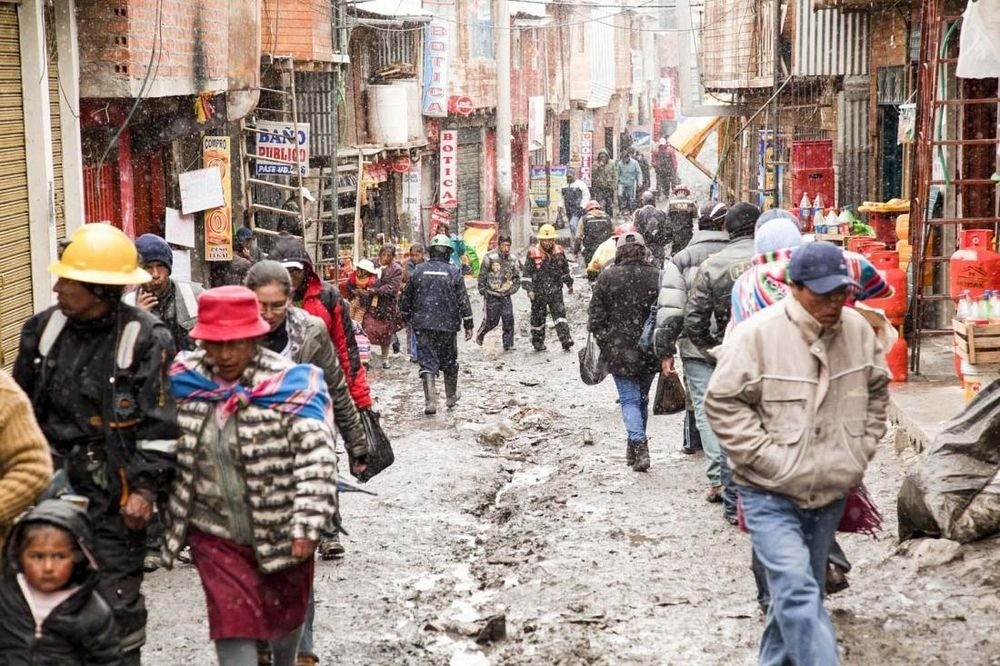
Source: Idealista
La Rinconada, home to around 60,000 residents, is situated between 16,404 feet (5,000 meters) and 17,388 feet (5,300 meters) above sea level, making it the highest permanent settlement on Earth, as noted by Live Science. Life here is incredibly challenging.
Surviving Without Essentials
The town lacks running water, garbage disposal, and a functioning sewage system. Residents depend on imported food from lower altitudes, and electricity only became available in the 2000s.
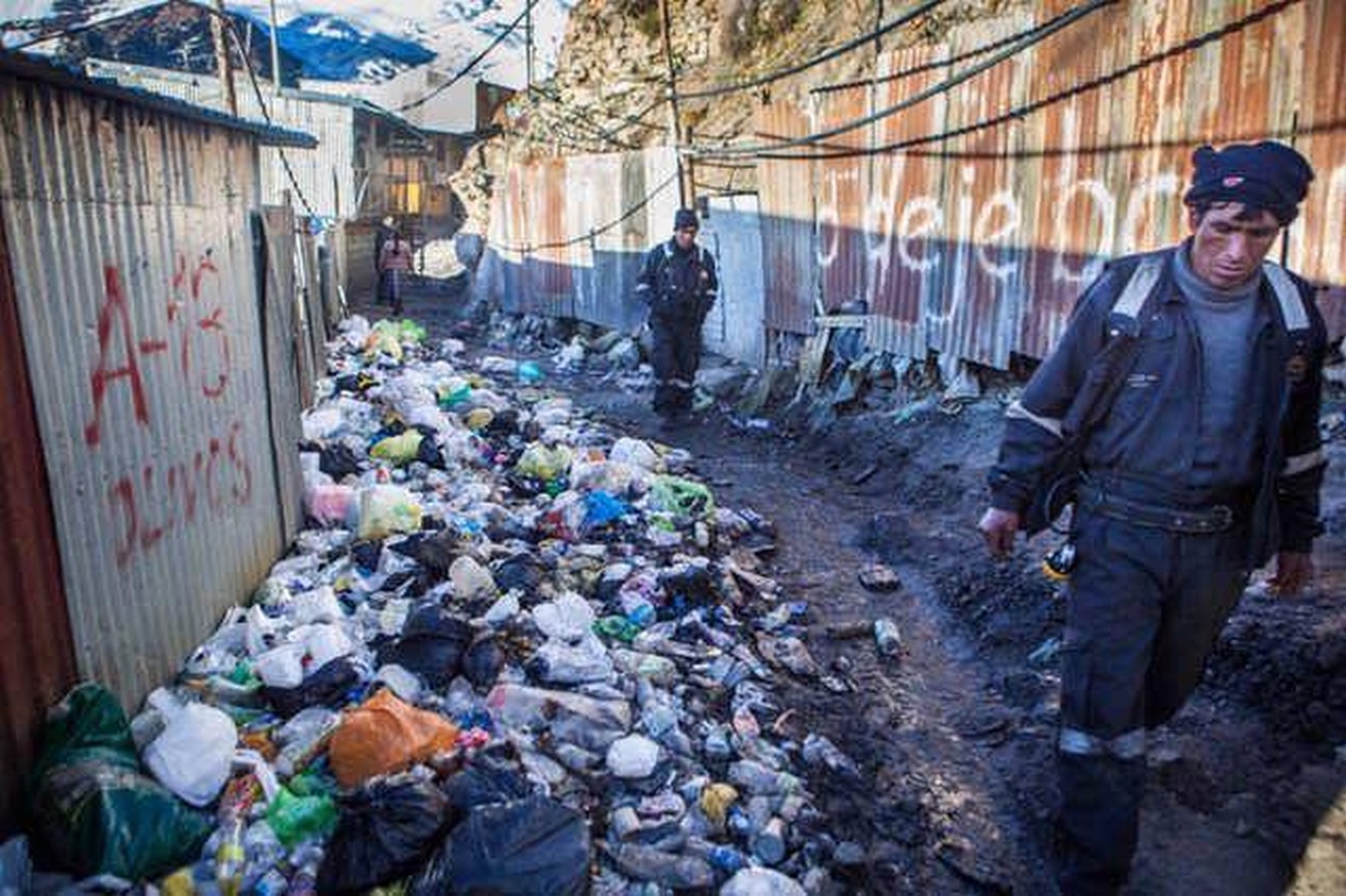
Source: Rethinkingthefuture
So why would anyone choose to live there? The answer is simple: money, or more specifically, gold.
Lawless Beginnings and "Devil’s Paradise" Reputation
La Rinconada began as a temporary mining settlement over 60 years ago and remains a controversial hub for the mining industry.
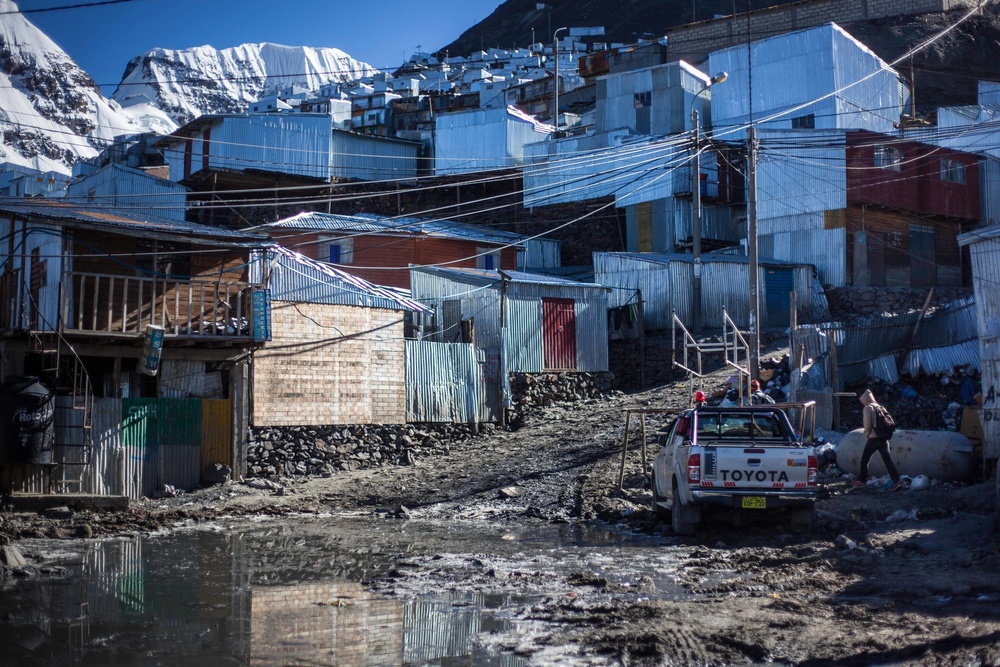
Source: LensCulture
Its nickname, “Devil’s Paradise,” comes from its reputation for lawlessness and being controlled by competing mafia factions.
A Grim Reality
In an article for the Dissident Voice newsletter, Peter Koenig describes La Rinconada as a “crime gang-run city” and “one of the most horrific places on earth.” He writes, “La Rinconada looks and smells like a wide-open garbage dump, infested by a slowly meandering yellowish-brownish mercury-contaminated brew – tailings from illegal gold mining – what used to be a pristine mountain lake.”
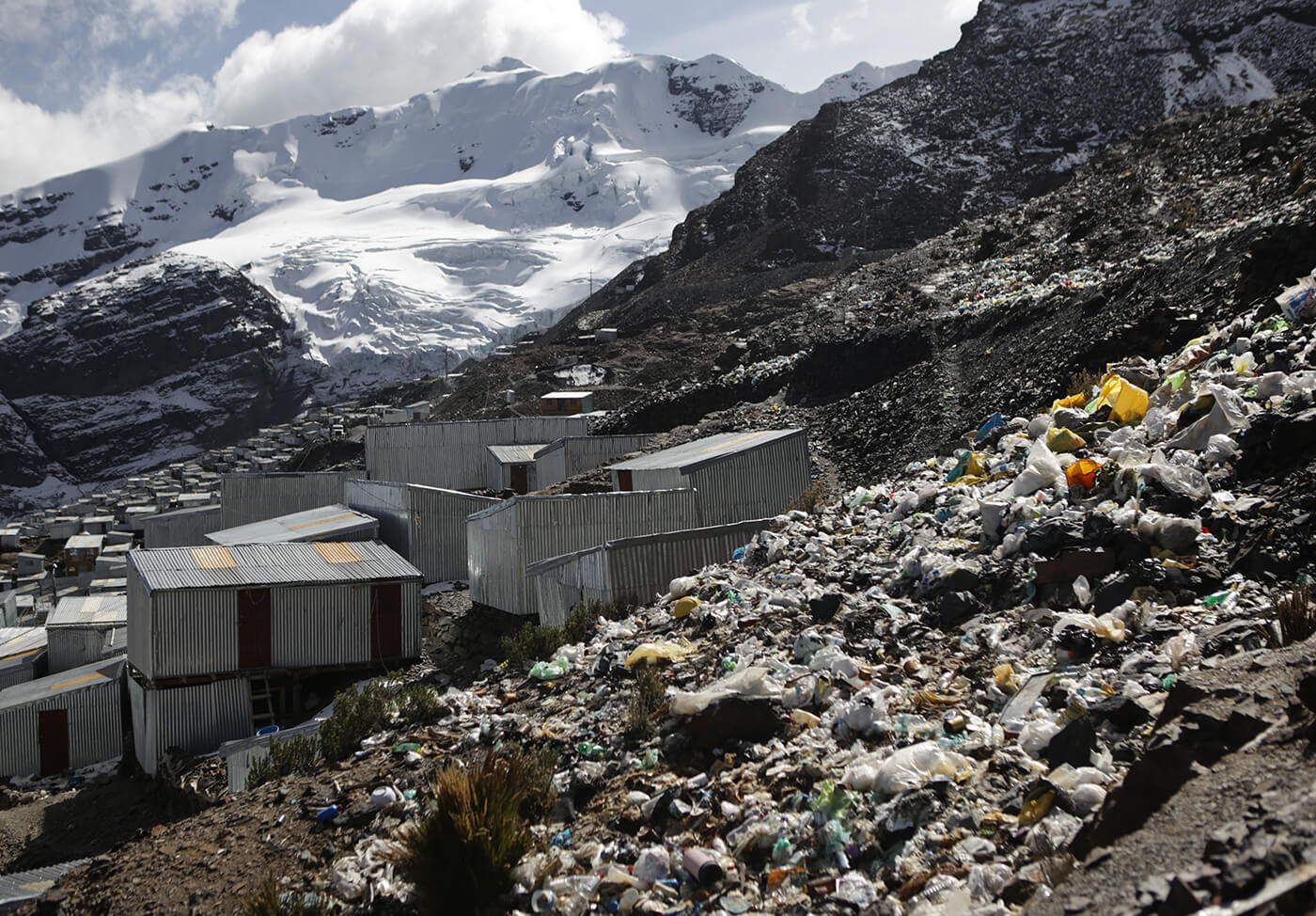
Source: MyBestPlace
“The thin, oxygen-poor air is loaded with mercury vapor that slowly penetrates people’s lungs, affecting over time the nervous system, memory, body motor, often leading to paralysis and early death. [The] average life expectancy of a mine worker is 30-35 years, about half of Peruvian’s average life expectancy.”
Harsh Realities and Desperation
Koenig claims that “human rights do not exist in Rinconada” and that people can be killed for “carrying a rock that may contain some tiny veins of gold.” Child labor and prostitution are rampant, as are sex and drug trafficking.

Source: Jingming Pan/Unsplash
Despite this, miners come to the town voluntarily. “Nobody forces them,” Koenig writes. “Most are poor and jobless. They come for necessity.” The dream of striking it rich in the goldmine drives people to endure horrendous working and living conditions.
The Strain of High Altitude
Visitors who weren’t born at high altitudes will quickly notice their breathing and heart rates increasing due to the reduced oxygen levels.
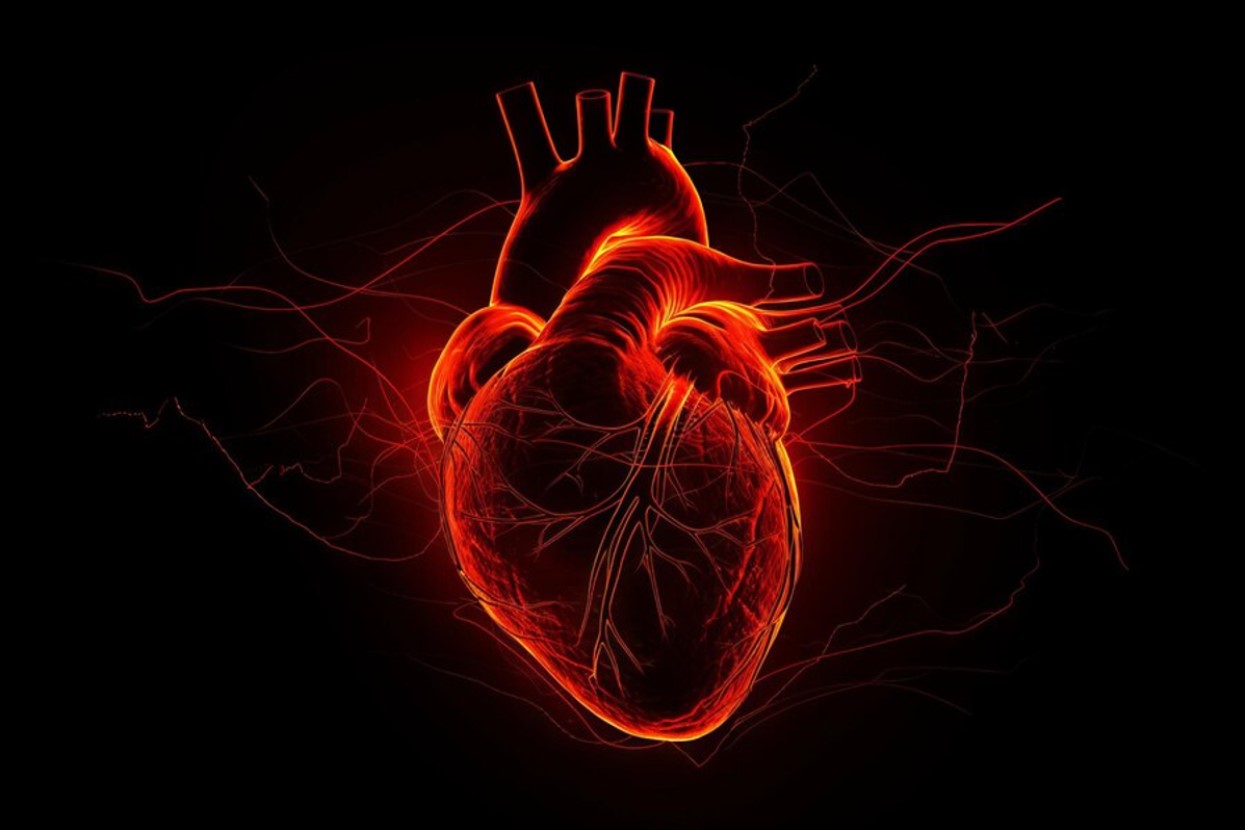
Source: Freepik
“By the time you’re at about 4,500 meters [14,763 ft], the same breath of air that you take here [at sea level] has about 60 per cent of the oxygen molecules, so that’s a big stress,” Cynthia Beall, an anthropologist at Case Western Reserve University in Ohio, told Live Science.
Adjusting to the Altitude
Some people develop acute mountain sickness (AMS), with symptoms like headaches, fatigue, nausea, and loss of appetite.
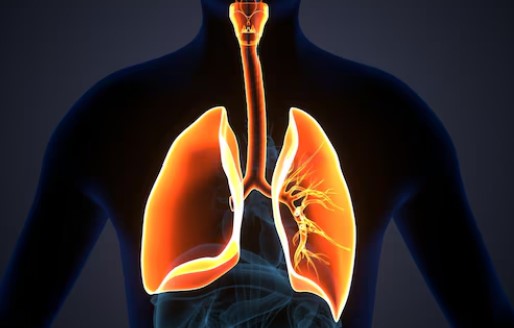
Source: Paihub/Freepik
After about a week or two, a person’s heart and breathing rates typically begin to stabilize as the body produces more red blood cells and hemoglobin to cope with the low oxygen levels, Beall explained.
Remarkable Adaptability
Those who live in places like La Rinconada show remarkable adaptability to these harsh conditions.

Source: Flickr
“There’s pretty good evidence from around the world that there are either slight or very large increases in lung volume for people who are exposed to high altitude, particularly before adolescence,” Beall said.
Hemoglobin and Chronic Mountain Sickness
Andean highlanders, for example, have a high concentration of hemoglobin in their blood, making it thicker and allowing them to carry more oxygen.

Source: kaiskynet/Freepik
However, this also puts them at risk of chronic mountain sickness (CMS), a condition caused by an excess of red blood cells.
Effects and Treatment
CMS affects those living at altitudes above 10,000 feet (3,050 meters) for extended periods and causes fatigue, shortness of breath, and aches and pains. It is estimated that about a quarter of La Rinconada’s population suffers from CMS.

Source: Camandona/Freepik
The best treatment for CMS is to descend to a lower altitude, according to Tatum Simonson, an associate professor of medicine at the University of California, San Diego.
The Perils of La Rinconada
Alternatively, regular bloodletting and the drug acetazolamide, which reduces red blood cell production, can help. However, the long-term safety and effectiveness of these treatments remain uncertain.

Source: Meteored
In summary, La Rinconada is not for the faint-hearted.
